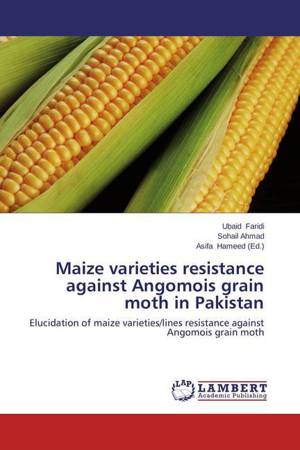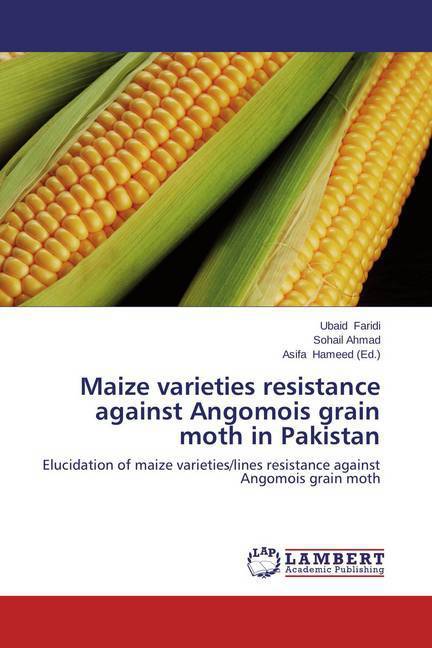
- Afhalen na 1 uur in een winkel met voorraad
- Gratis thuislevering in België vanaf € 30
- Ruim aanbod met 7 miljoen producten
- Afhalen na 1 uur in een winkel met voorraad
- Gratis thuislevering in België vanaf € 30
- Ruim aanbod met 7 miljoen producten
Zoeken
Maize varieties resistance against Angomois grain moth in Pakistan
Elucidation of maize varieties/lines resistance against Angomois grain moth
Ubaid Faridi, Sohail Ahmad
Paperback | Engels
€ 62,45
+ 124 punten
Omschrijving
Grain moth losses in the world have been exceeded from 35-40% and even reaches upto 100% in warm and humid areas of the world. Utilization of grain resistance is widely accepted and non hazardous IPM tool to control them. Experiment was carried out in Toxicology laboratory, Department of Agricultural Entomology, University of Agriculture Faisalabad to determine resistance and response of stored maize grains to life history parameters of Angomois grain moth. Four approved varieties viz., Neelum, Sadaf, Agaiti-85, Pak Afgyous and four hybrid varieites including 32B33SPO8, 33W86SPO8, 8288SPO8, 33W86SPO8, 8711SPO8 and two basic lines including EV-5098 and EV-6098 were analyzed. Among these elite varieties and lines found in Pakistan, 8711 HYB and 32w86 HYB were highly resistant. According to biochemical analysis, percent grain loss and percent damage had positive correlation to phenolics and total flavanoid compounds while grain moth fecudity was inversely correlated to phenolics and total flavonoid compounds.
Specificaties
Betrokkenen
- Auteur(s):
- Uitgeverij:
Inhoud
- Aantal bladzijden:
- 104
- Taal:
- Engels
Eigenschappen
- Productcode (EAN):
- 9783659607660
- Verschijningsdatum:
- 1/10/2014
- Uitvoering:
- Paperback
- Afmetingen:
- 150 mm x 220 mm
- Gewicht:
- 163 g

Alleen bij Standaard Boekhandel
+ 124 punten op je klantenkaart van Standaard Boekhandel
Beoordelingen
We publiceren alleen reviews die voldoen aan de voorwaarden voor reviews. Bekijk onze voorwaarden voor reviews.








